These days, all businesses in every conceivable industry have taken to the internet to cast a bigger and more efficient network for potential customers. As a result, the competition for the best, the most interesting, and the hottest websites has become a serious contest.
From giant companies to fresh entrepreneurs — the eCommerce industry made it possible for any individual to throw their stones into the mix. Innovation has provided every plausible means to make creating, maintaining, and serving a functional but interactive website that is built from vision to reality.
Let’s hash out some of the general concepts considered when appealing to the virtual audience:
Make your trade name stand out with strong branding strategies. This is the most basic of the concepts. If you want to be more known, you need to conceptualize a strong identity for our brand. It needs to be separated from the multitude of similar offerings from other brands to make a difference. Like a Froot Loop in a bowl of Cheerios.
Present your products with clear intention and deliberate appeal. What good is a great aim if your arrow is dull? Even if you do, actually hit the mark, it won’t actually stick. It’s similar to sales. You need to be purposeful in the presentation of your products or services to truly showcase their value to consumers.
Figure out your audience. It’s essential to know who you’re selling to. Although the eCommerce market is wide and vast, your resources have limits. It pays to know where to throw all your money and energy at and get the most out of them.



You can start some of the easier quick fixes on the list that can be done in the immediate future. These small tweaks can add great value with fewer resources. Then there are bigger ones that require a bit more budget and thought. These have more impactful effects — at par or even more, than the effort it requires to set it up. It’s up to you to pick and choose which items on the list you’re ready to tackle.
And finally to the good part, here’s a list of the actionable steps you can take to increase sales through your digital channels:
Secure your market’s buyer personas.
Who are they?
What value do you bring to the table for potential buyers/subscribers?
Why would they choose you?
What’s the best way to reach them?
Guarantee security with trust icons.
A section to describe cookie and privacy policies that ensures the careful handling of visitor’s information. By being informative about security measures your website built, consumers can surf your site worry-free. Whether hosted or supported by dev teams, most websites are also encrypted to avoid fraudulent attempts on customers’ information.
Displaying a badge for safe checkout and secure payment all throughout the checkout process. This lets customers know that trusted channels such as PayPal, are used to process and transfer their funds.
Money-Back Guarantees are a great show of confidence that your brand will deliver as promised. Your customers are assured quality at zero risk because their money can be conveniently refunded if their expectations weren’t met.
Showcase positive feedback from past or current customers to encourage new prospects to invest in your brand. Testimonials are a wonderful demonstration of a successful experience with your products/services.
Exhibit your accreditations and certifications. These badges of honor are a solid affirmation of your credibility as a brand and would surely stifle any doubts your customers might have.
Relieve pain points on the buying process.
Remove all unnecessary details. Every step can potentially add frustration and wasted time on your consumers. Only ask for the bare minimum.
Flexible payment options. Make it easy for customers to spend their money on your website by accepting all potential and convenient payment options and methods.
Wide shipping choices. Whether you offer local or global shipping, customers should have options as to which ones are at their convenience.
Easy return policies. It’s easier for people to make the decision to buy things if they know they can return, exchange, or refund them. Easy return policies are more convincing to make the purchase now and make changes later.
Use exceptionally descriptive photos.
Put email marketing to good use.
Get personal. Use customers’ names on the emails to make them feel special and appreciated.
Add incentives. Make exclusive subscribers incentives for those on your email list to encourage more people to enlist.
Use a clear Call to Action. Get straight to the point with what you want your customers to do.
Add pop-ups on your website for an email subscription. With consideration to your customer’s journey through your website, strategize the best page to have a pop-up to sign in to your newsletter.
Make it interesting. Draft eye-catching emails to pique curiosity and interest in your brand’s events and updates. Include infographics for subscribers that don’t have the patience to read through the content.
Outfit your content to target your audience.
Optimize your web and mobile apps.
Clean and easy-on-the-eyes user interface. Your page should be clear of clutter to allow customers easy navigation.
Well-planned UX (User Experience). Having a logical flow on your website also uncomplicates the shopping and buying experience for users.
Accurate meta descriptions, metadata, and alt texts. For better SEO (Search Engine Optimization), which makes your website more searchable on search engines. You need to also affix accurate meta descriptions and metadata for your web pages and alt texts on your images.
Easy navigation. Your mobile interface should mirror your website to create consistency across your brand.
Ergonomic and attractive design. Creative and presentable designs are representative of your brand and its quality, and should therefore be given importance.
Well maintained and void of bugs. Because who wants to keep bumping into errors while browsing or worst, while checking out.
Quick checkout options. Save them the trouble of having to type in too many things. The quicker the checkout process is, the higher the chances are for more sales.

A buyer persona should be the center and the root of your marketing strategy. If you’ve been on the sales trade for a bit you might already be familiar. But to recap for fresh ears, a buyer persona is a data-backed fictional customer profile with very detailed characteristics and interests encompassing your typical customers.
Knowing the buyer persona’s interests, pain points, and concerns gives you a better direction and objective when planning and executing your marketing strategies.
Here are the things you must know about your buyer persona:

You need to lock in who needs your products and who would be interested in what you have to offer.

You also need to know the possible role you can play to improve their way of life on a daily basis, then market just exactly that. What do they gain by investing in your brand?

By understanding their struggles and pressure points, you can also recognize offerings that detach you from the competition. You can be more convincing and make them choose you.

This, too, is one of the key factors when you understand your buyer persona. There are many branches of digital sales, and you have to distinguish where to throw in more resources. Do you get more sales through your website? Are mobile apps more persuasive? Perhaps on social media channels? These are factors that need to be noted with careful intention.

One of the reasons why some people don’t purchase online is the risk to their security. Cases of stolen credit card details through fake websites have become a common form of theft.
To ease the minds of more cautious potential customers, adding trust icons and having cookie and privacy policies in place can ease their worries.
Security can be demonstrated in a few ways:
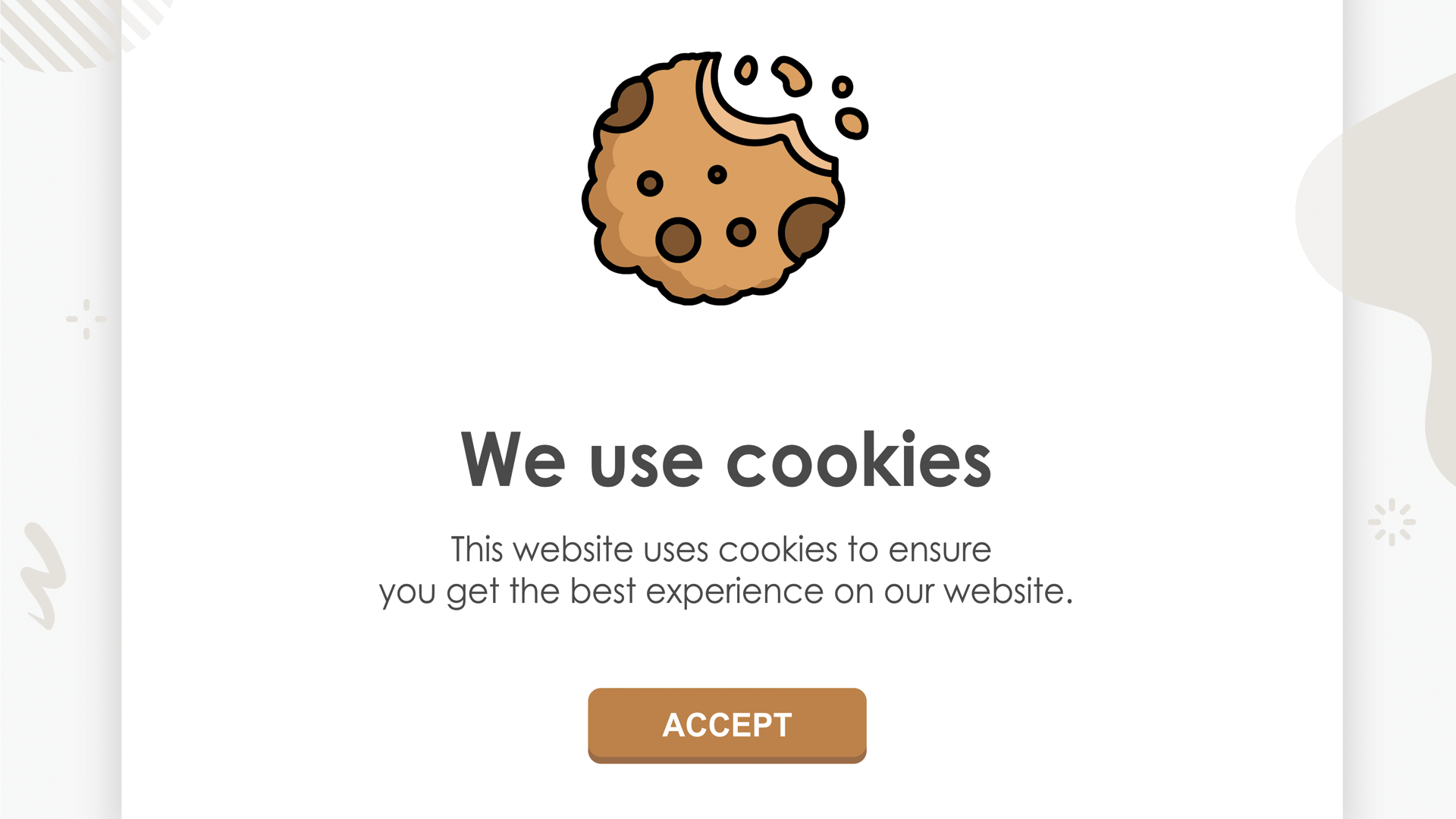




Put on your customer’s shoes for a bit and walk through the whole buying process. How long did it take? What problems or issues did you encounter?
These are the questions that need to be addressed to increase your online sales. If your customers are having a hard time checking their items out, most likely, they’ll just drop them and move on. They have to enjoy the journey, otherwise, it won’t encourage them to spend their money on your brand.
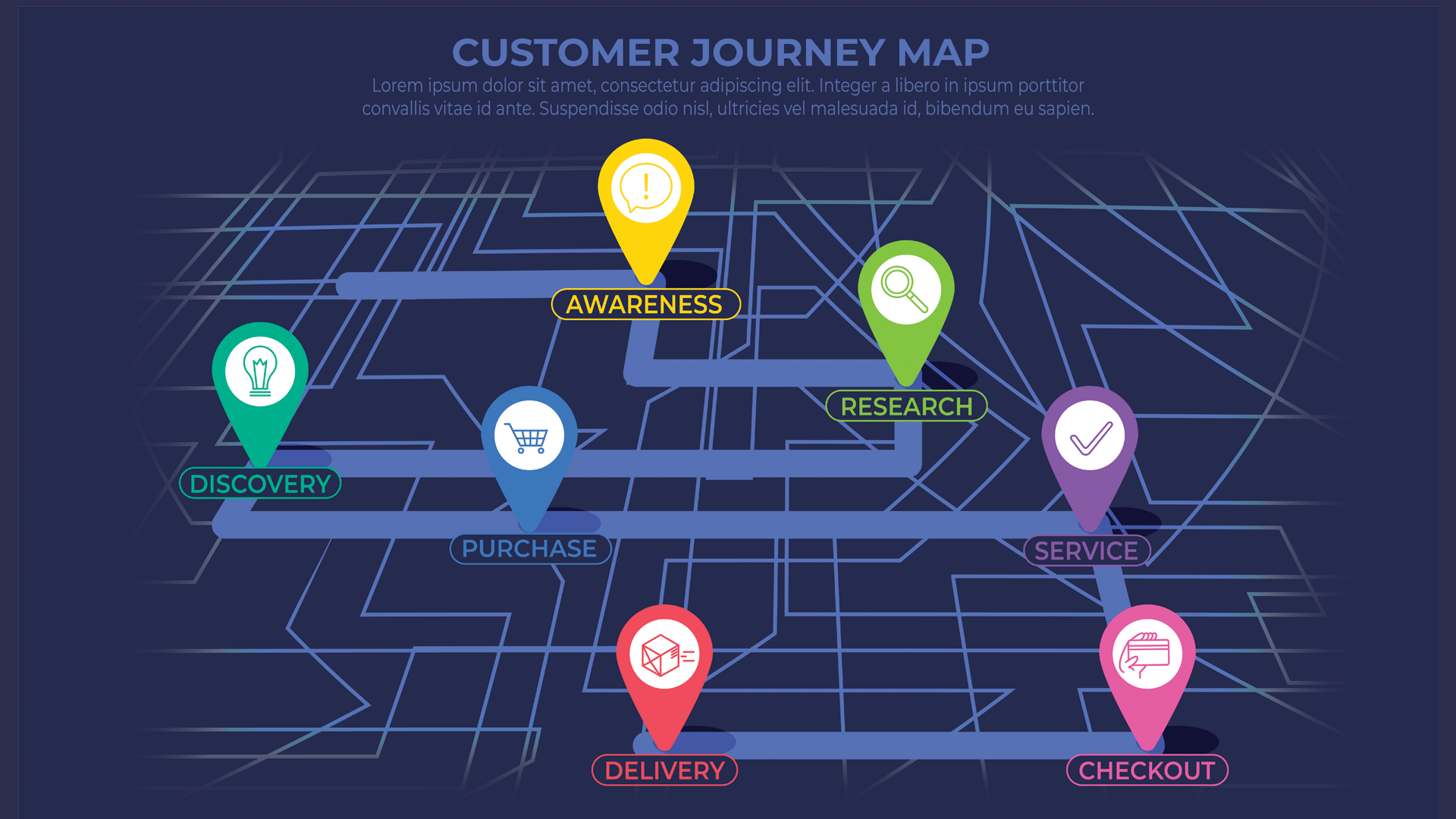
To avoid abandoned carts or pain points on your checkout, here are some things you can modify:
Part of the fun in shopping for items is browsing. So it’s great to incorporate that in your customers’ experience by providing exceptionally descriptive pictures of your products.
Seeing what the product looks like in every possible angle can help customers decide whether it’s for them or not. Provide product photos in a wide range of angles highlighting its selling points and features. Zoom in on the smaller details so they can really see what they’re getting.

Use clear pictures to avoid confusion or misunderstanding. Have everything laid out for customers to see. Better yet, provide 3D views to give them a “feel” of observing items in person.
Imagery is such a powerful aspect of marketing that including photos of your products or services in action can tip consumers into purchasing. Doing this shows customers a glimpse at how these items and services play a part in their daily lives.
While marketing and brand awareness on social media is an obvious medium to increase sales, the more subtle but equally efficient channel is through email subscriptions.
This 2021 statistic shows that 37% of its respondents chose email newsletters as the most effective channel for customer loyalty and retention. This, against 13% from websites and 11% from social media.
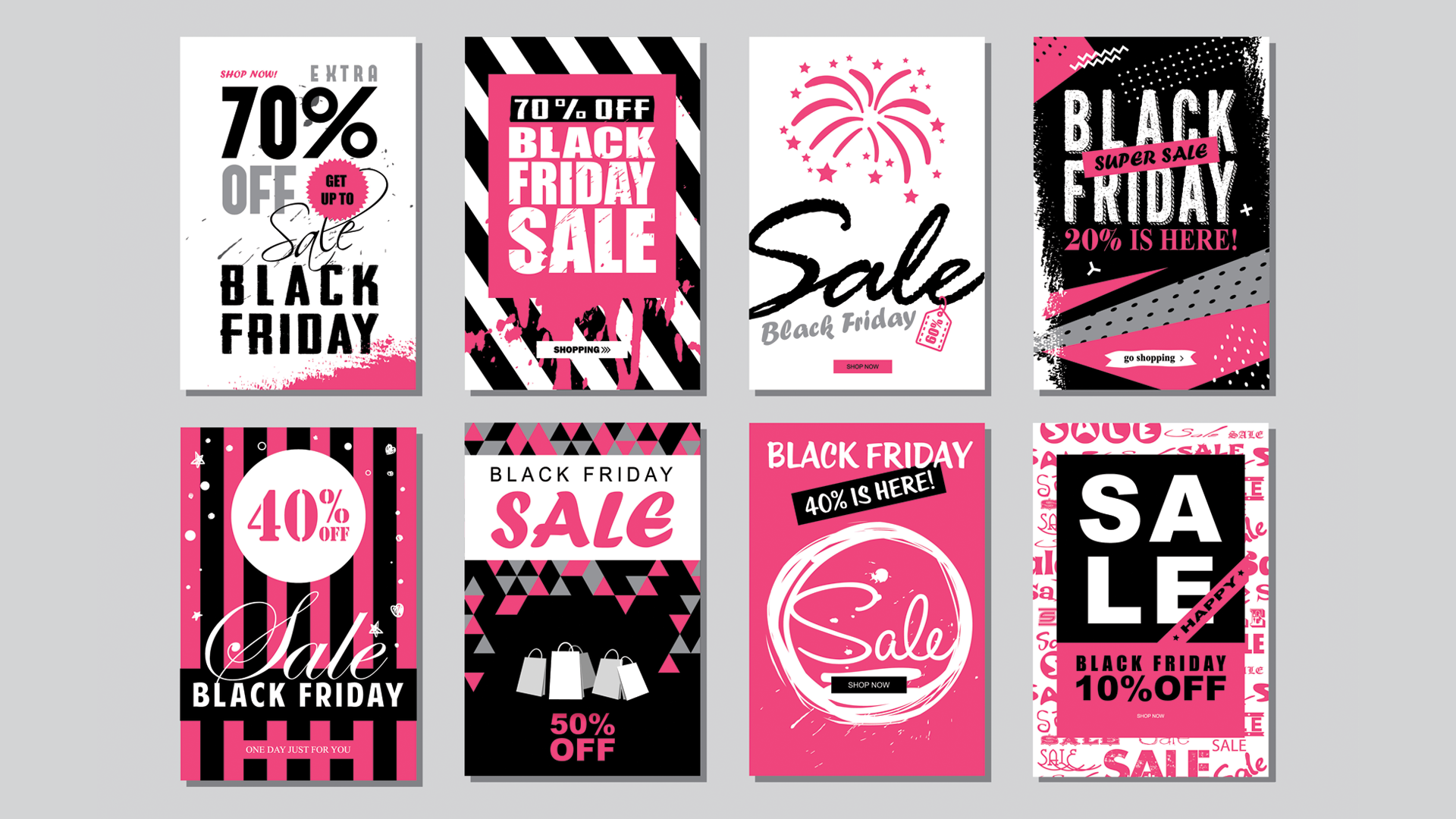
Our takeaway – emails are a great way for brands in building strong relationships with their customers. It costs companies more to gain new customers versus just having loyal ones return. So not only does it encourage repeat purchases or subscriptions, but it also saves your company budget to keep your return customers happy.
To optimize email marketing, we’ve listed tips to apply:


Equipped with a detailed buyer persona, you can then outfit your website’s content to target that specific crowd by developing a content plan.
If you put yourself again in your customer’s shoes, it will give you a peek at what they might be looking for. Instead of aiming to bait them into clicking your content, it’s better to anticipate what might be valuable to them, instead.
Be informative. Create content that expands your customers’ awareness and understanding of your products and services. Go into detail as to how it can add value to them. Be it in the form of blogs or instructional videos, giving them more info empowers them to make better decisions and builds more trust in your brand.

Be interesting. Be creative in mixing and matching your content with different types of media like infographics, images, videos, or downloadables to keep people interested. Think up ways to involve your loyal subscribers through polls or surveys. Spice things up with fun events like Sunday Sale or Tuesday Treat!

Be appreciative. Celebrate loyal customers by highlighting testimonials that most likely fall under your buyer persona. Tell a story and make it a community thing instead of a cold business transaction.

Be precise. Do your research and get a clear vision of what your usual customers search on search engines. Find out what other brands they compare yours with and how they usually engage.

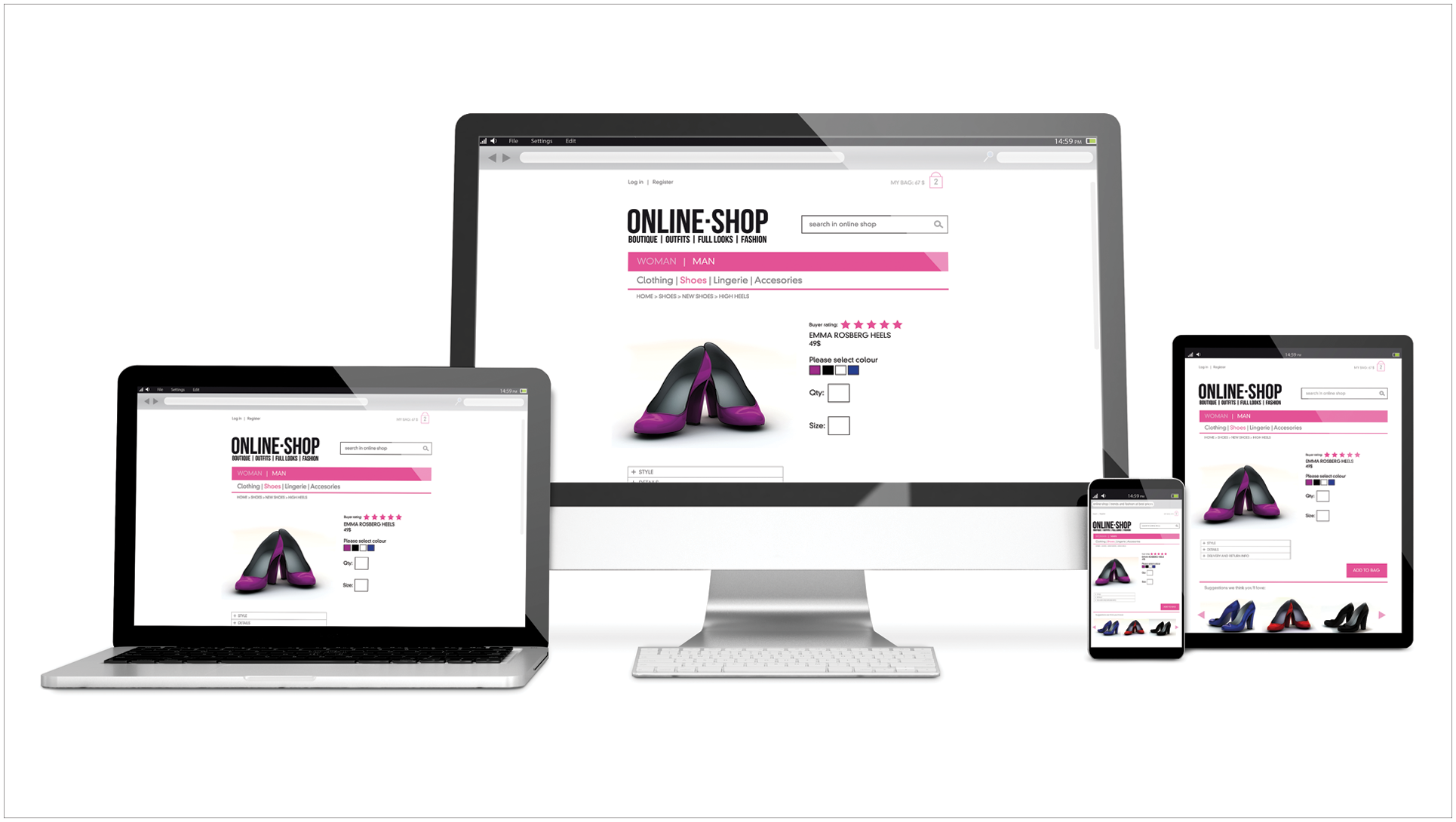
The gateway to your online sales is through your website and mobile app. Therefore, it has to represent your brand at its highest standards and performance.
Let customers open your landing page and be immediately impressed by the level of quality, effort, and thought you’ve invested in your virtual store.
Website optimization
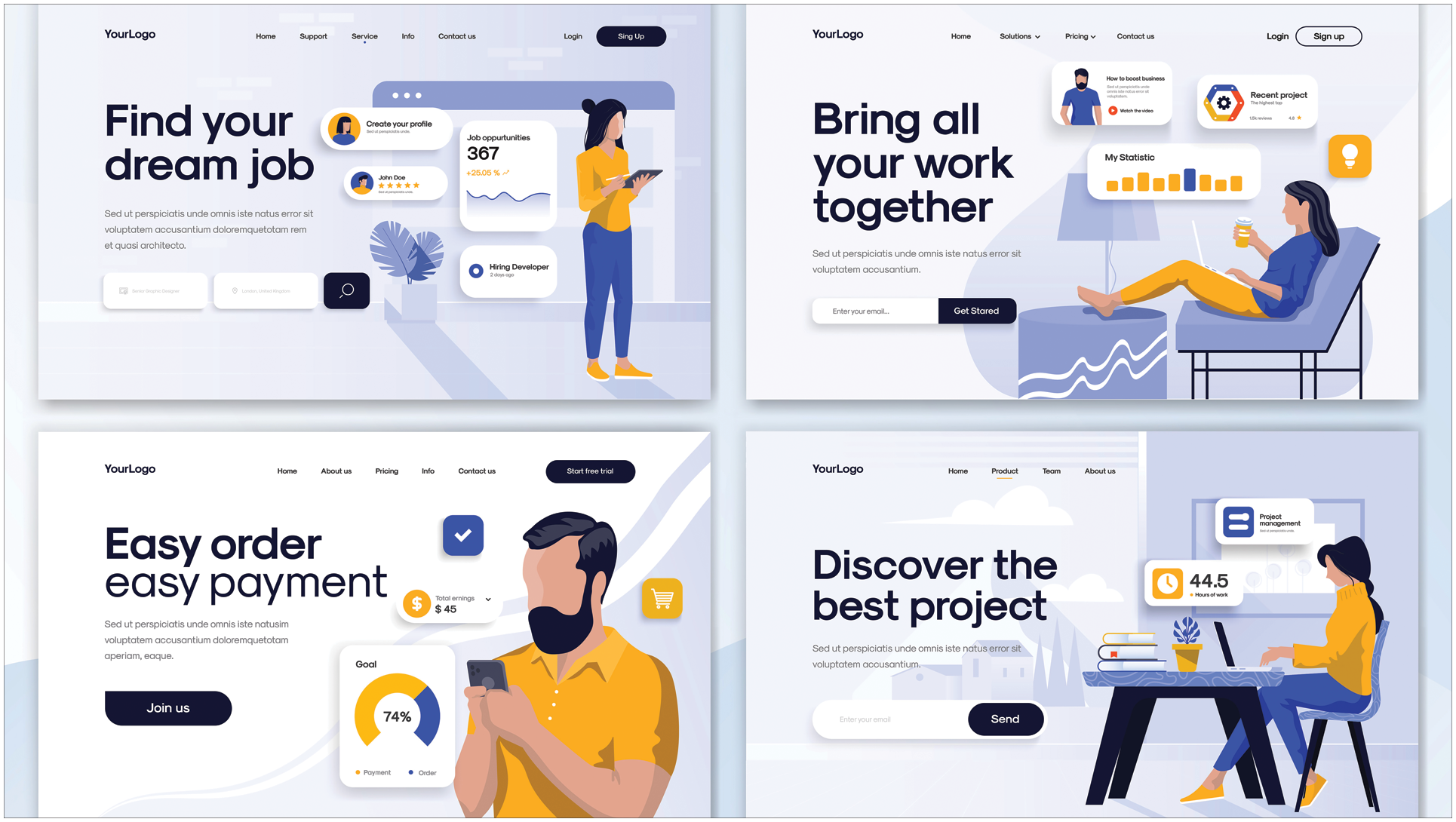
More people have succumbed to the convenience online shopping offers on a silver platter. And thus, competing with high-performing websites is the new standard. To level with the competition, here are some ways to optimize your website:
Mobile Optimization
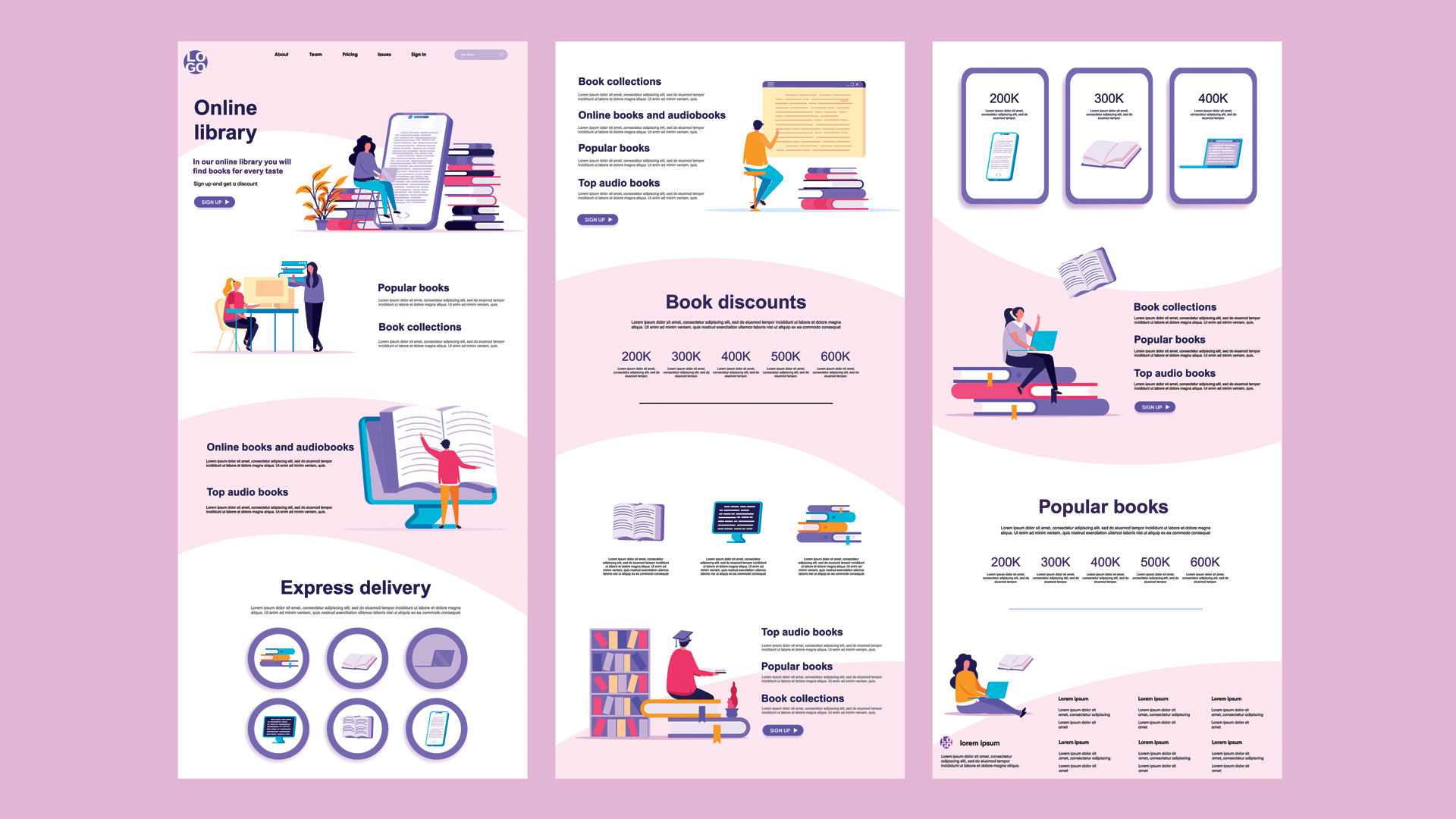
To capture the many on-the-go market, your brand must also cater to the mobile app community. Make it criminally easy for consumers to reach your brand for purchase with these tips:
These alterations might need a little professional help. That’s where website hosting services or web development teams, like Anindote come in to keep your brand on an upwards trajectory. With expert knowledge and skill, you can then intentionally strategize and plan out your website and mobile app overhaul for a better virtual presence.
What’s Next

With smart strategies that will undoubtedly increase your online sales, you secure your brand’s spot in the contest for the top-of-mind name for your consumers.
Now it’s time to get to planning how to implement and apply some or all of these strategies on your website and mobile apps to add even more value to your business by increasing your online sales!
Don’t know where to start? Or have tons of creative ideas you want to do? We’re the team to consult!
Call us today!
